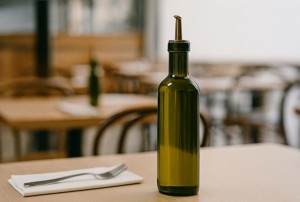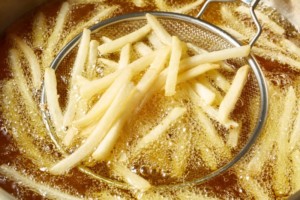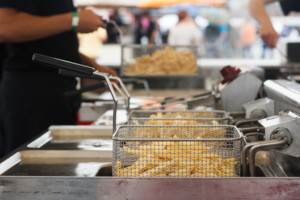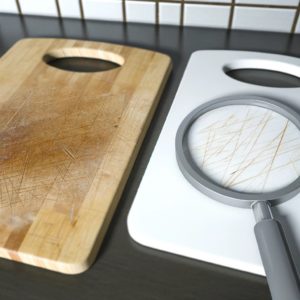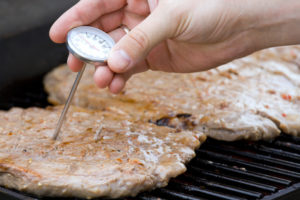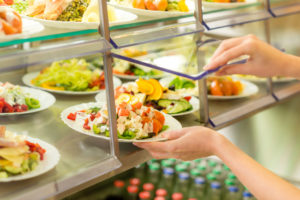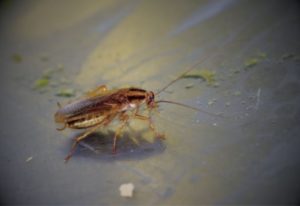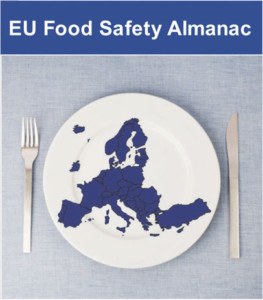Correct storage of cooking oil in table menus – recommendation of the Canton of Zurich
The Zurich Cantonal Laboratory has published an important recommendation for storing cooking oil – especially olive oil – in table containers (17.05.2022). The aim is to preserve quality and taste for as long as possible. The recommendations are particularly relevant for restaurants, but can also be applied at home: Important points:Temperature: Ideally 12-18 °C. Oils…

